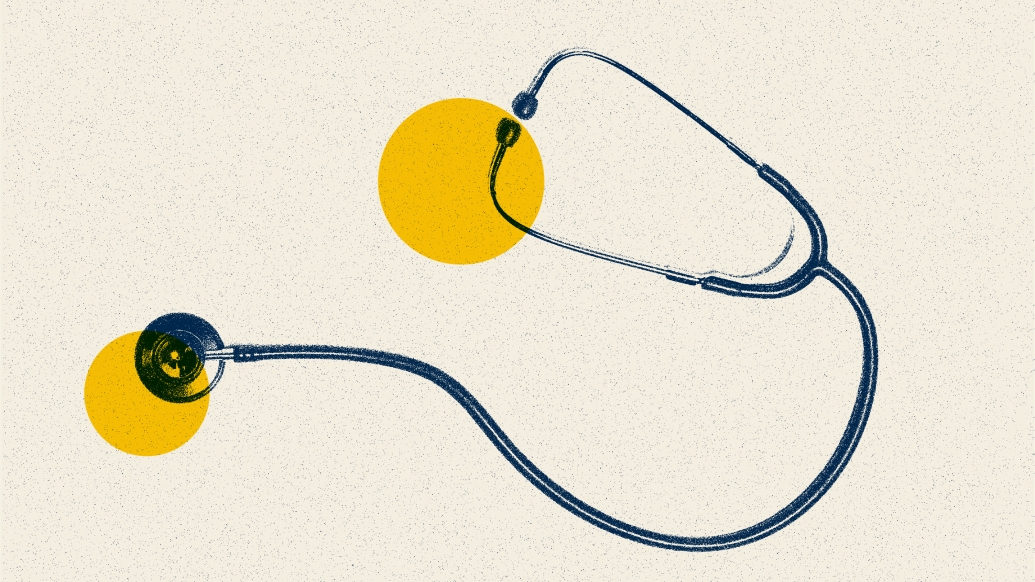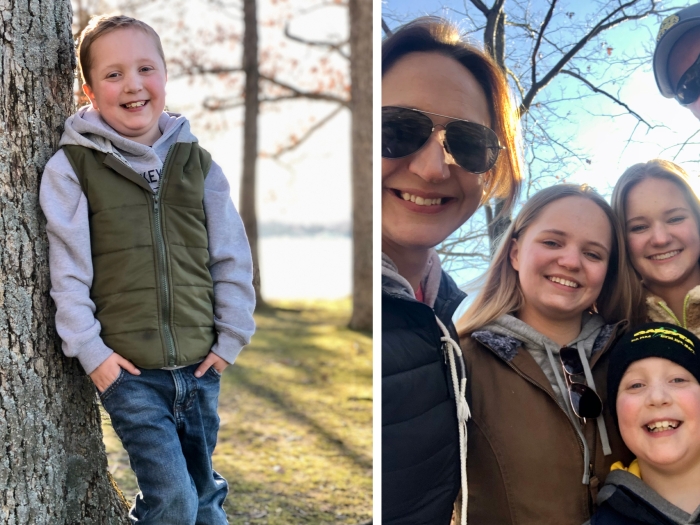For cricotracheal resections, an innovative brace-method enables children to receive life saving treatment otherwise not possible
5:00 AM
Author |

In 2008, the acute care orthotics team at Michigan Medicine received an order for a cervical orthosis (neck brace) from Glenn Green, M.D., a clinical professor of pediatric otolaryngology as well as a head and neck surgeon in Pediatric Otolaryngology at U-M C.S. Mott Children's Hospital. The order resulted in a modified version of this neck brace that is still being used at Mott today.
A patient had just undergone cricotracheal resection for treatment of pediatric airway stenosis, a procedure done to fix a child’s narrowed or restricted windpipe. After the procedure, it’s crucial to keep a child from extending their neck and to avoid putting tension on that area to ensure a more successful recovery.
The cervical angle and small size of the patient required a non-traditional solution. A pediatric Minerva cervical-thoracic orthosis was customized for this case by removing the mandibular extension, adding a perineal strap, and trimming the plastic shells and foam straps to match the patient’s body size. The occipital extension was contoured to the proper cervical angle based on the tension on the surgically repaired airway.
"The modified brace provides the desired immobilization," said Megan Christ, MSPO, first author of the paper and certified prosthetist orthotist at Michigan Medicine. “The fitting was done with the surgical team and respiratory therapist present. I could adjust the angle of cervical flexion based on the tension on the anastomosis and the patient’s respiratory stats.”
Since the initial case, the orthosis has been used as part of the post-operative protocol with another 50 pediatric patients. The modified Minerva allows for the neck to be protected even with extensive tracheal resections, reducing skin complications and increasing mobilization.
This brace enabled children to receive life saving treatment that would otherwise not be possible.
“This was a true collaborative effort,” Christ said. “Within the Michigan Medicine orthotics team and the patient’s interdisciplinary care team of otolaryngology, respiratory, nursing, and parents. Hopefully this detailed write-up can be a guide to orthotists at other institutions for post-operative management of cricotracheal resection.”
Additional authors include: Jennifer F. Ha, MBBS, Timothy Baerg, BS, Glenn E. Green, MD.
Paper cited: “Modified Minerva Orthosis for Postoperative Management of Criotracheal Resection in Children,” Journal of Prosthetics and Orthotics. DOI: 10.1097

Explore a variety of healthcare news & stories by visiting the Health Lab home page for more articles.

Department of Communication at Michigan Medicine
Want top health & research news weekly? Sign up for Health Lab’s newsletters today!





